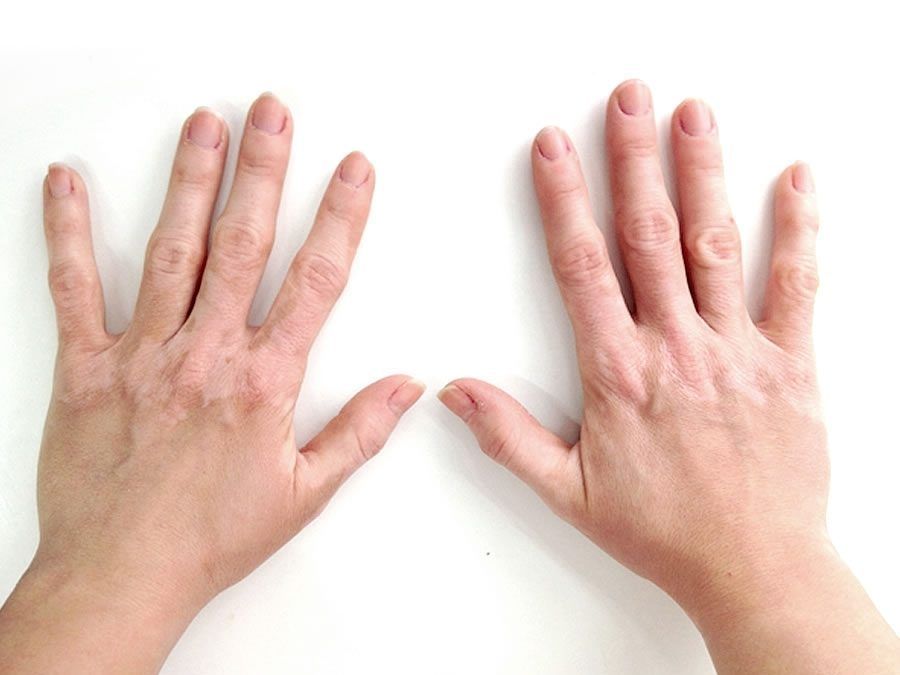We continue with our series of articles about vitiligo, in celebration of the World Vitiligo Day this upcoming 25th June. This time we will analyse the different treatment options.
Vitiligo treatment has a double target. On the one hand, to stop the skin de-pigmentation process, and on the other, to re-pigment affected areas.
Vitiligo treatment is lengthy (it should be continued between 6 and 24 months to observe results) and complex. To establish which is the best option for you in each case, an assessment must be carried out to determine the type of vitiligo, the age of the affected person, his/her activity and climatic characteristics where he/she lives.
Among the available therapeutic options is phenylalanine, an essential amino acid that is a precursor of tyrosine. Numerous studies and articles have been released regarding its application in the vitiligo treatment as a stimulator of melancyte. It can also be combined with posterior solar radiation (natural or via photo-therapy) to help melancytes migrate to affected areas.
Another vitiligo treatment option is superoxide dismutase (SOD), an enzyme present in our bodies that constitutes one of the most powerful natural antioxidants, with an important role in reducing the oxidative stress and free radicals, strengthening re-pigmentation. Its use combined with photo-therapy will strengthen results.

